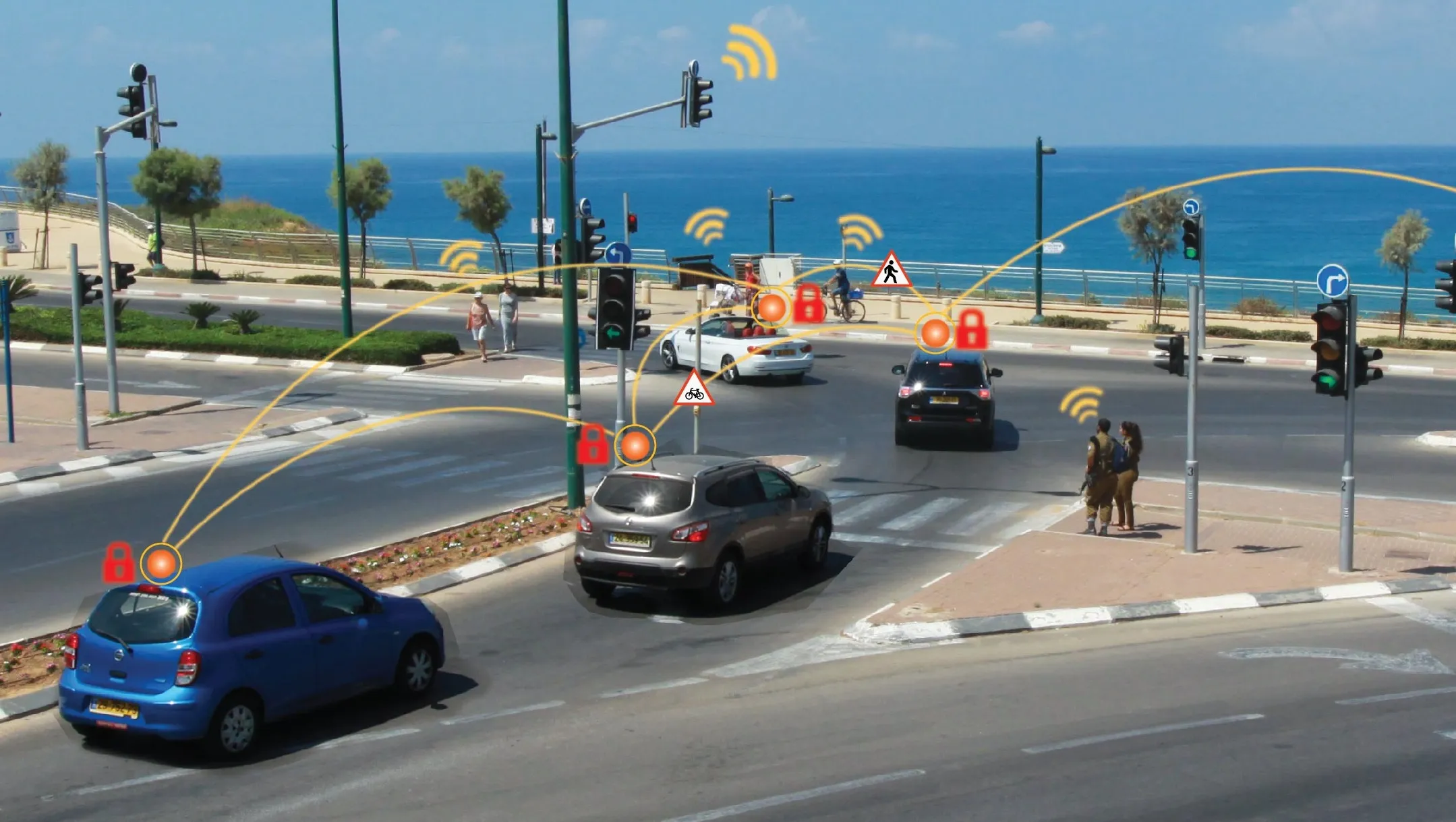Hyundai Autron has selected BlackBerry QNX to power its next-generation advanced driver assistance systems (ADAS) and autonomous driving software platform.
BlackBerry says its QNX OS for Safety solution will provide the Hyundai subsidiary with a secure embedded operating system for safety and “mission-critical” applications.
BlackBerry’s executive chairman John Chen says: “BlackBerry QNX software meets the ISO 26262 ASIL-D level of certification which is the most stringent safety classification for th
November 14, 2019
Read time: 1 min
BlackBerry says its QNX OS for Safety solution will provide the Hyundai subsidiary with a secure embedded operating system for safety and “mission-critical” applications.
BlackBerry’s executive chairman John Chen says: “BlackBerry QNX software meets the ISO 26262 ASIL-D level of certification which is the most stringent safety classification for the automotive market.”
QNX can also be used in a car’s digital instrument clusters, connectivity modules, hands-free systems and infotainment systems.
The ADAS and autonomous driving software platform is expected to be commercialised by Hyundai Autron’s OEM customers.








